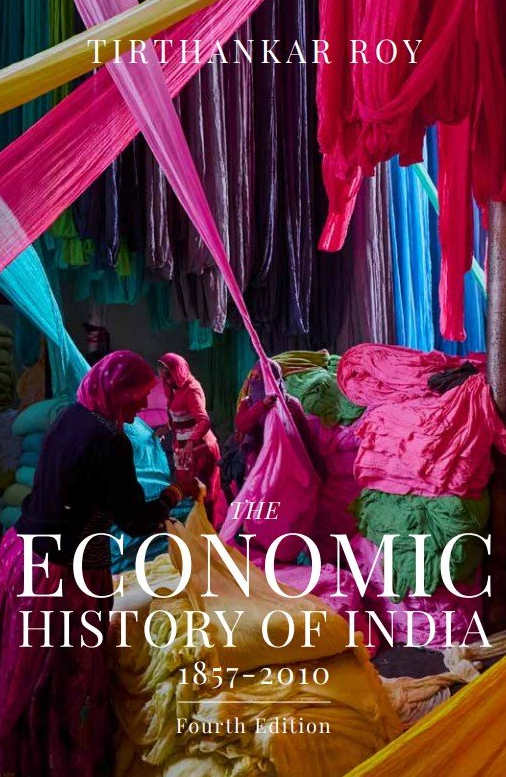This general economic history of colonial India with a chapter on the postcolonial is in its 4th edition (2000, 2006, 2011, 2020). It is an attempt to identify the right questions about the pattern of economic change in colonial India (1857-1947). What are these questions?
Economic history of colonial India in eight questions
- Non-agricultural income grew faster than farm income under colonial rule, creating inequality. Why?
- Employment patterns remained unchanged despite rising non-agricultural income—why did poor workers not shift sectors?
- Why was urban migration male-dominated, increasing gender earning inequality?
- Population grew from 1921 despite slow income growth—why did life expectancy rise?
- The state invested too little in public goods and welfare. Why? Indifference or weak capacity?
- Princely states showed mixed economic outcomes—why the variation, and do we have reliable data?
- Environmental change stemmed from colonial policy, population growth, trade, and technology.
- Which colonial-era patterns still shape India today?
Debates
